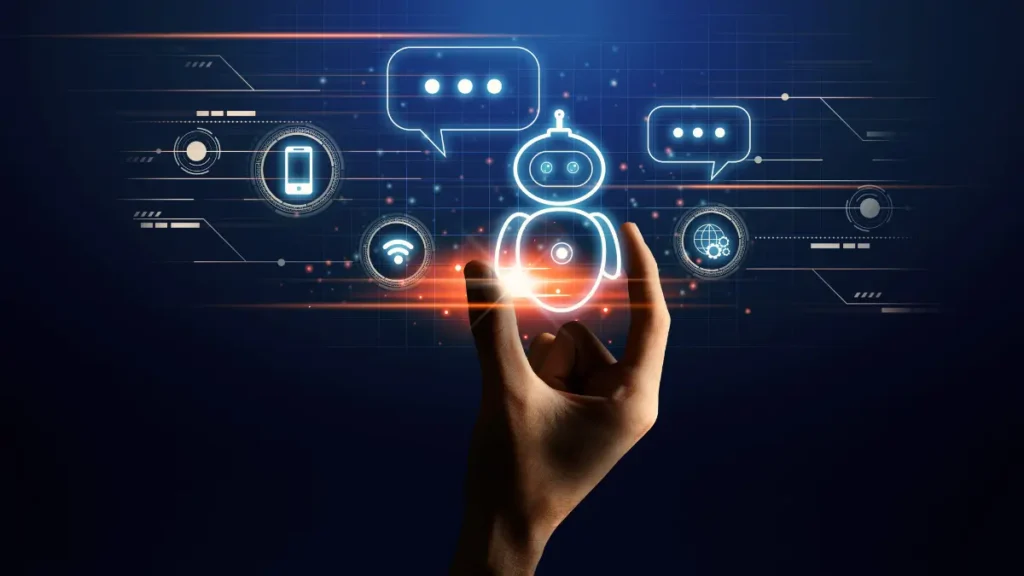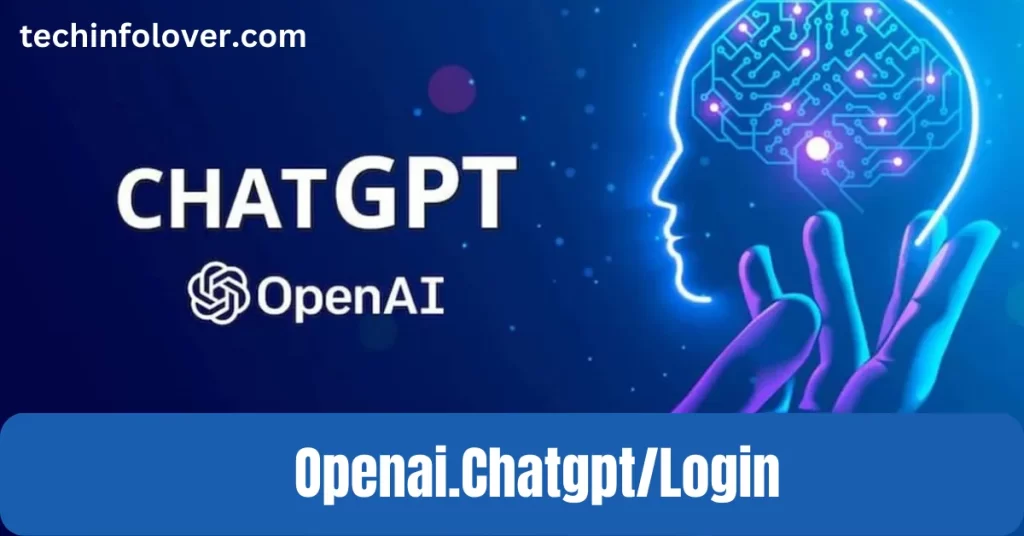AI Chatbots: You’re standing in line at the grocery store when an employee walks up and asks how they can help. This friendly, personalized service is what we’ve come to expect from human interactions. But what if that helpful store employee was actually an AI chatbot? The future of customer service is here with AI chatbots that can have natural conversations, understand context, and deliver quick, customized support. Read on to learn how these virtual agents are transforming customer engagement using the latest in natural language processing and machine learning.
Companies implementing conversational AI are seeing increased satisfaction through faster issue resolution, lower costs, and always-available service. With human-like capabilities to understand questions and emotions, chatbots are delivering the individualized assistance today’s consumers demand. We’ll look at leading platforms making AI chat a seamless part of the customer journey and share examples of brands offering next-level service through virtual agents. The automated attendants of yesterday are being replaced by AI helpers shaping future customer engagement.
AI Chatbots Are Revolutionizing Customer Service
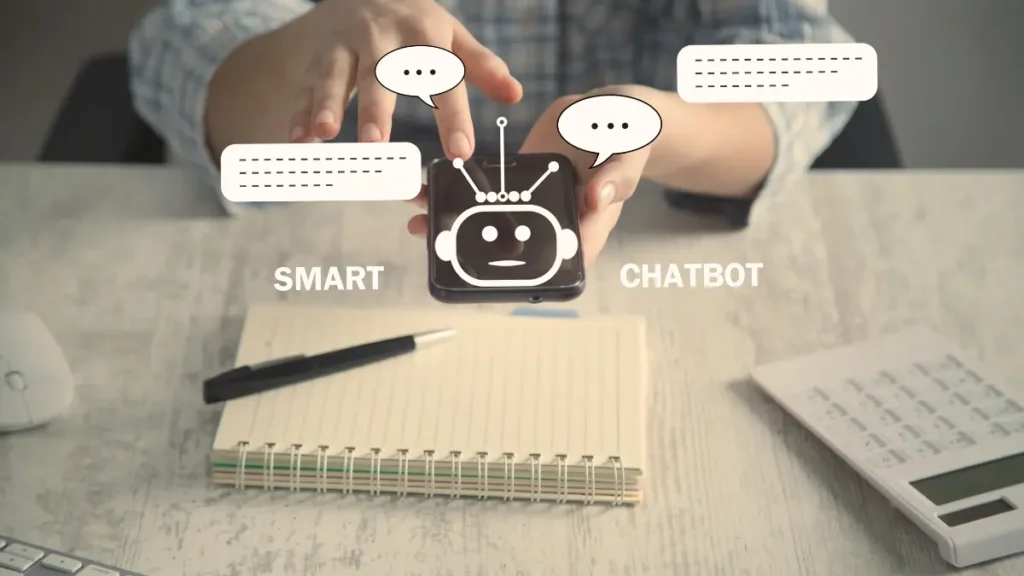
AI-powered chatbots are changing how brands provide customer support. These bots can handle common queries and questions efficiently while delivering a personalized experience. As the technology improves, AI chatbots are poised to transform customer service.
Automated and Available 24/7
Chatbots are automated software programs that can have conversations. They are available 24 hours a day, 7 days a week to assist customers. This means quick response times and no waiting on hold. Many simple inquiries can be addressed immediately without needing to speak to a human agent.
Personalized Responses
AI chatbots can provide personalized responses based on a customer’s purchase history, location or other details. They “learn” from every interaction to deliver better answers and more natural conversations over time. Chatbots also allow for self-service, giving customers control over how they engage with a brand.
Integrations and Escalations
Chatbots integrate with other systems like customer databases to access information and records. If a query becomes too complex, chatbots can seamlessly escalate to a human agent. This blending of AI and human support provides the best of both worlds.
The Future of AI Chatbots
As natural language processing and machine learning continue to advance, AI chatbots will become even more sophisticated and human-like. They will understand complex sentences, respond empathetically and make personalized product or service recommendations. AI chatbots are transforming customer service for the better, providing fast, customized and convenient support whenever it’s needed. The future of AI-powered chatbots is an exciting prospect for both brands and their customers.
What Are AI Chatbots and How Do They Work?
AI chatbots are software programs powered by artificial intelligence that can have conversations with people via text or voice. They use natural language processing and machine learning to understand what a person is saying and respond appropriately.
How Chatbots Work
Chatbots work by analyzing a person’s input and determining the intent and entities within it. The intent refers to the goal or purpose of the input, such as asking a question or making a request. Entities are keywords that provide context, such as a customer’s name or account number.
The chatbot then generates a response based on its knowledge and programming. Rule-based chatbots provide predefined responses based on the intents and entities they detect. AI-based chatbots use machine learning algorithms and natural language processing to generate more natural, contextual responses. They get “smarter” over time by learning from interactions.
The Benefits of Chatbots
Chatbots provide numerous benefits. They can handle many routine customer service inquiries, reducing wait times and costs. Chatbots are available 24/7 and can scale to handle huge volumes of conversations. They also provide consistent and personalized experiences for each customer.
For companies, chatbots mean lower costs, higher efficiency, and the ability to reallocate human agents to more complex issues. Chatbots also provide valuable customer data and insights that companies can use to improve their services.
The Future of Chatbots
Chatbots will only get smarter and more capable over time. Advancements in machine learning, natural language processing, and other AI technologies will enable chatbots to understand complex sentences, handle a wider range of requests, and sound increasingly natural. They may even begin to demonstrate empathy.
While chatbots won’t replace human agents entirely, they will transform customer service by handling an ever-larger percentage of basic queries. The future of customer service is AI-human collaboration, with chatbots and human agents working together to provide the best possible experiences.
Key Benefits of AI Chatbots for Businesses
Improved Customer Experience
AI chatbots can provide quick and accurate responses to customer queries 24/7. They minimize waiting times and improve the overall customer experience. Chatbots handle basic and repetitive customer questions efficiently while humans can focus on more complex issues. This dual support system enhances the customer experience.
Cost Savings
AI chatbots reduce operating costs for businesses. They minimize the need for large call center teams and decrease staffing requirements. Chatbots handle a high volume of simple and repetitive customer queries that would otherwise require human agents. This allows companies to reduce costs associated with customer service like wages, benefits, and infrastructure.
Increased Productivity
AI chatbots improve productivity by automating simple and repetitive tasks. They handle basic customer queries and requests efficiently so that human agents can focus on high-priority and complex issues. This division of labor allows customer service teams to resolve queries faster and more accurately. It also gives agents opportunities to develop their skills by working on challenging problems.
Valuable Data Insights
AI chatbots generate data that provides valuable insights into customer behavior and preferences. They capture information about the types of questions customers ask, common issues they face, and their overall experience. Businesses can analyze this data to better understand customers, personalize services, and streamline operations. Chatbot data helps identify areas of improvement to develop more effective customer service strategies.
Chatbots represent an exciting opportunity for businesses to strengthen customer relationships in a fast, affordable, and data-driven way. Their ability to provide quick responses, cost savings, increased productivity, and data insights gives companies a competitive advantage to improve operations and exceed customer expectations. AI and humans working together will shape the future of customer service for the better.
AI Chatbots Provide a Personalized Customer Experience
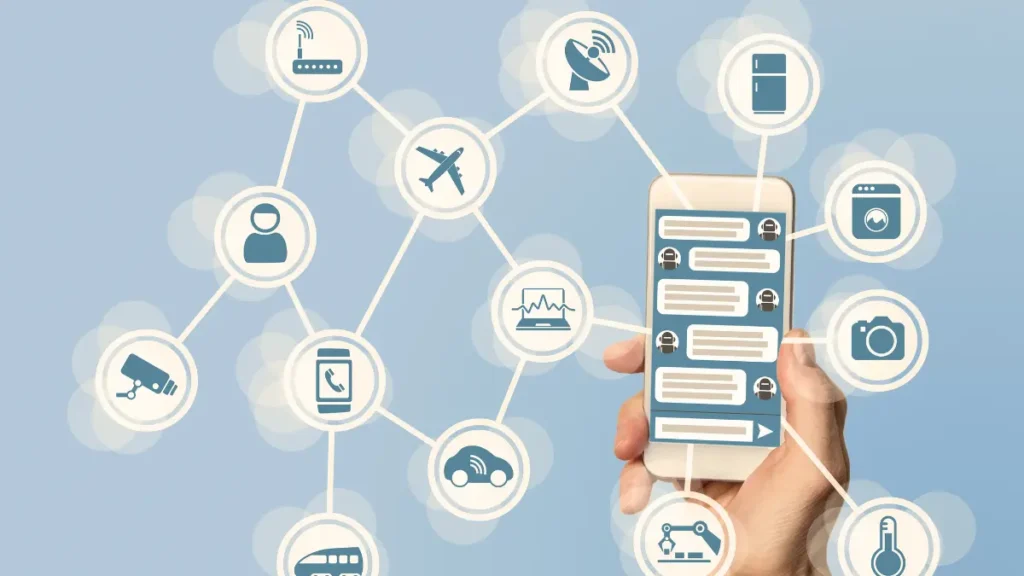
Tailored Conversations
AI chatbots can have personalized and engaging conversations with each customer. They get to know your customers by learning from every interaction. Chatbots remember details about your customers, such as their name, interests and past purchases. This allows the AI to provide a tailored experience for each customer.
Quick Response Times
AI chatbots are available 24 hours a day, 7 days a week to respond to your customers instantly. They can handle a high volume of conversations simultaneously without delays. Your customers don’t have to wait for a human agent to become available during business hours. The quick response times lead to higher customer satisfaction.
Consistent and Accurate Information
AI chatbots are trained on your company’s knowledge base to provide consistent and accurate information to your customers. They always have the latest product details, pricing, and company policies at their virtual fingertips. Customers can get information quickly without hassle or long wait times on the phone.
Seamless Transition to Human Agents
Although AI chatbots can handle many routine customer queries, some conversations require human intervention. AI chatbots are designed to seamlessly transition complex conversations to human agents. Your customers can start a conversation with a chatbot and easily continue the conversation with a human agent if needed. This combination of AI and human agents provides the best of both worlds.
Continuous Improvement
AI chatbots get smarter over time through machine learning. As they interact with more customers, they get better at understanding questions, handling objections and providing appropriate responses. Chatbot platforms also receive ongoing improvements to their natural language processing abilities. Your AI chatbot will keep enhancing the customer experience through continuous development.
With AI chatbots handling basic customer queries, your human agents can focus on more complex issues. The chatbots pave the way for substantial time and cost savings while boosting customer satisfaction. AI chatbots are the future of customer service and provide a personalized experience for your customers.
AI Chatbots Operate 24/7 and Handle Routine Queries
AI chatbots are available 24 hours a day, 7 days a week to assist customers with basic questions and queries. They can handle a high volume of routine customer inquiries without fatigue. This allows human agents to focus on more complex issues, improving work-life balance.
Quick Response Times
AI chatbots provide instant responses to customer questions. There is no waiting on hold or in a queue. The chatbot can immediately address common questions about store hours, product information, order status updates, and more. Customers get the information they need right away through an engaging conversational interface.
Consistent and Accurate Answers
AI chatbots are powered by large language models that are trained on thousands of human conversations and data sources. This means the chatbot can provide consistent, accurate answers to questions. It has a broad range of knowledge about the company’s products, services, policies, and procedures. The chatbot won’t get information wrong or make mistakes, ensuring customers always receive the correct responses to their questions.
Seamless Transition to Human Agents
Although AI chatbots can handle many routine customer service queries on their own, some questions are too complex for a chatbot to address. When a customer question goes beyond the chatbot’s capabilities, it will seamlessly transition the conversation to a human agent. The chatbot passes along the details of the customer’s query so the agent has context and can efficiently assist the customer. This creates a smooth handoff between automated service and human support.
AI chatbots operate tirelessly day and night to provide quick, consistent responses to basic customer questions and queries. They handle high-volume routine inquiries, reserving human agents for more complex issues. AI chatbots create an engaging self-service experience for customers and allow companies to improve operational efficiency. The future of customer service is conversational AI.
AI Chatbots Integrate Seamlessly Across Channels
As AI chatbots have evolved, they have become more sophisticated and human-like.
Modern AI chatbots can understand natural language, respond appropriately, and even show empathy. They are able to integrate seamlessly across channels like voice, text, and messaging platforms.
AI chatbots provide a personalized experience for each customer. They can understand a customer’s query, access relevant data to provide a tailored response, and continue an engaging conversation. AI chatbots are available 24/7 and never get tired of answering questions. They provide quick responses to common questions freeing up human agents to focus on more complex issues.
AI chatbots are highly scalable. They can handle a high volume of customer inquiries simultaneously without needing more staff. AI chatbots integrate with back-end systems to provide a unified customer experience across channels. They have access to customer data, transaction history, and preferences to provide personalized service.
Popular messaging platforms like Facebook Messenger, Skype, Slack, and others offer AI chatbot integration. Voice assistants such as Amazon Alexa, Google Assistant, and Microsoft Cortana also provide conversational AI chatbot experiences. Many companies are developing their own AI chatbots using platforms like Dialogflow, Watson Assistant, and Microsoft Bot Framework.
The future is bright for AI chatbots. As natural language processing and machine learning continue to advance, AI chatbots will become even more sophisticated, personable, and integral to customer service. They will transform how companies interact with and serve their customers in a personalized, seamless, and engaging manner across channels. The rise of AI chatbots demonstrates how artificial intelligence is shaping the future of customer experience.
Choosing the Right AI Chatbot Platform for Your Business
Features and Capabilities
When evaluating AI chatbot platforms, the features and capabilities should be a top priority. Consider what your key objectives are—do you want a chatbot for customer service, sales and marketing, internal helpdesk, or a combination? Some platforms specialize in certain areas. For example, Watson Assistant excels at customer service while Chatfuel focuses on social media marketing.
You’ll also want to determine if the platform offers natural language processing (NLP) and machine learning. NLP allows the chatbot to understand complex sentences and derive meaning while machine learning means the bot will continue to improve over time based on interactions. Advanced platforms like Anthropic and Anthropic offer generative AI, using neural networks to generate human-like responses.
Ease of Use
For most businesses, ease of use is a major factor when choosing an AI chatbot platform. You want a solution that is intuitive to set up, configure and manage. Look for a simple dashboard, drag and drop conversation building, and pre-built templates to get started. Some top options praised for their user-friendliness include Chatfuel, MobileMonkey and Botsify.
Integrations
Consider what other software and services you use and whether the AI chatbot platform integrates with them. Common integrations include Facebook Messenger, WhatsApp, live chat software, CRM platforms like Salesforce, and helpdesk tools such as Zendesk. Native integrations mean you can deploy your chatbot across multiple channels without needing developers to build custom integrations.
Pricing and Support
AI chatbot platforms range from free open-source tools to enterprise solutions with advanced capabilities and dedicated support. For most SMBs, a mid-range solution from $30 to $500 per month would suit their needs. Look for options that offer a free trial so you can experience the platform before committing. Whatever price point you need, make sure the company provides helpful onboarding resources and ongoing support.
With some research into the available options, you can find an AI chatbot platform tailored to your needs, skills and budget. A solution with a robust feature set, simple interface, multiple integrations and responsive support will help ensure your chatbot project is a success.
Case Studies of Successful AI Chatbot Implementations
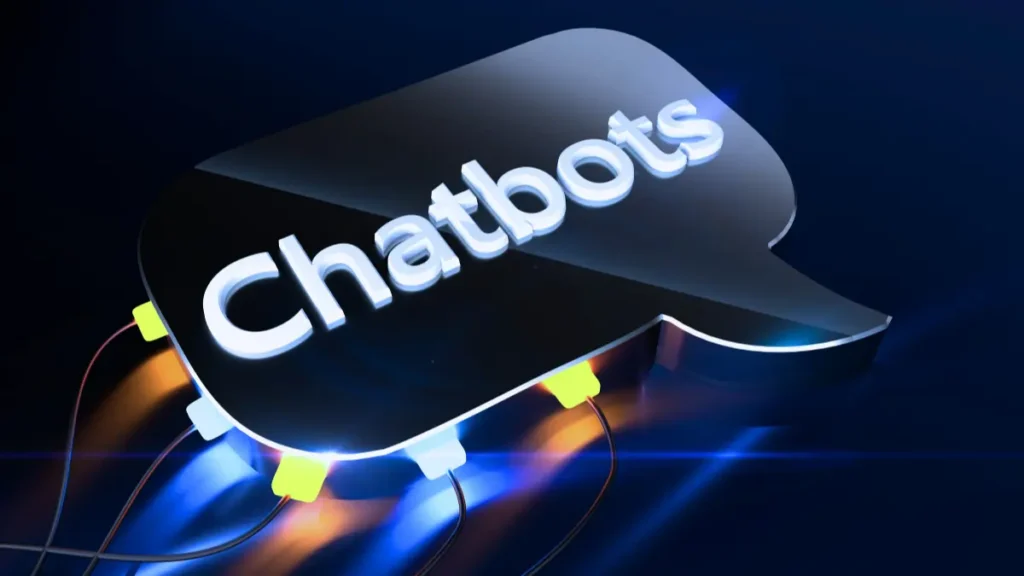
Some of the most compelling examples of AI chatbots in action are with major companies that have implemented them to improve customer service. Two well-known cases are Anthropic AI and Claude created by Anthropic and Anthrolyx respectively.
Anthropic AI created an AI assistant called Claude to handle customer service inquiries for Anthropic. Claude can answer basic questions about Anthropic’s services, handle account inquiries, and even schedule calls with human representatives when needed.
Anthrolyx uses an AI chatbot on their website to answer common questions from visitors. Their chatbot is focused on being helpful, harmless, and honest. It provides quick responses to frequently asked questions about Anthrolyx’s services but refers more complex inquiries to human agents.
Other notable examples of AI chatbots include:
• Watson Assistant – IBM’s chatbot helps companies improve customer service and experience. It can understand natural language and respond appropriately to customer questions and requests.
• Claude – Anthropic’s AI assistant handles basic customer service tasks like answering questions about services, managing accounts, and scheduling calls with human reps when needed.
• Siri – Apple’s virtual assistant uses AI to understand voice commands and questions. Though focused on voice, Siri demonstrates the potential for AI to power conversational experiences.
• Alexa – Amazon’s virtual assistant powers the company’s Echo devices and other products. Like Siri, Alexa showcases AI’s ability to facilitate natural and helpful conversations.
The success of these AI chatbots proves that artificial intelligence has the potential to transform customer service for companies. By implementing AI chatbots, businesses can provide quick responses to common questions, improve customer experience, reduce costs, and optimize their customer service teams. The future of customer service will be conversational, and AI chatbots are leading the way.
AI Chatbots FAQs: Your Top Questions Answered
As AI chatbots become more advanced and widely used, you probably have a few questions about what they are and how they work. Here are some of the most common FAQs about AI chatbots:
What exactly is an AI chatbot? An AI chatbot is software that can have conversations with people using natural language. AI chatbots are powered by artificial intelligence and machine learning which allows them to understand language and respond appropriately. Many companies now use AI chatbots to automate customer service and provide 24/7 support.
How do AI chatbots work? AI chatbots are trained on huge datasets of conversations to learn how to respond to questions and requests. They use natural language processing and machine learning algorithms to understand the intent behind what a person is saying and determine the best response. The more people interact with an AI chatbot, the smarter it gets.
Are AI chatbots replacing human agents? AI chatbots are not replacing human agents but augmenting them. Chatbots can handle simple, repetitive customer service queries which frees up human agents to focus on more complex issues. AI chatbots and human agents working together provide the best customer experience.
What can I use an AI chatbot for? AI chatbots have many use cases including customer service, education, healthcare, ecommerce, and more. You can use an AI chatbot to:
• Answer customer questions and provide 24/7 support. • Deliver personalized product recommendations on an ecommerce site. • Educate students and provide interactive learning experiences. • Help patients manage health conditions and medications. • Qualify leads and book meetings for sales teams.
• Improve employee productivity by automating repetitive tasks.
The future is bright for AI chatbots. As they become more sophisticated, AI chatbots will transform how we interact with brands, learn new information, manage our health, and more. The age of truly intelligent conversational AI is just getting started.
Conclusion
So what’s the takeaway here? AI chatbots are transforming customer service as we know it. With their round-the-clock availability, lightning-fast response times, and ability to understand natural language, these bots are primed to completely disrupt this industry. As the technology continues advancing, AI chatbots will only get smarter and more human-like.
Though they can’t fully replace human agents just yet, they’re already handling a huge volume of simple queries and conversations. This frees up humans to focus on building relationships and resolving complex issues. It’s an exciting time, and AI is at the very heart of it. The future of chatbots is bright, and they’re here to make your customer experience a whole lot smoother. Just you wait and see.

